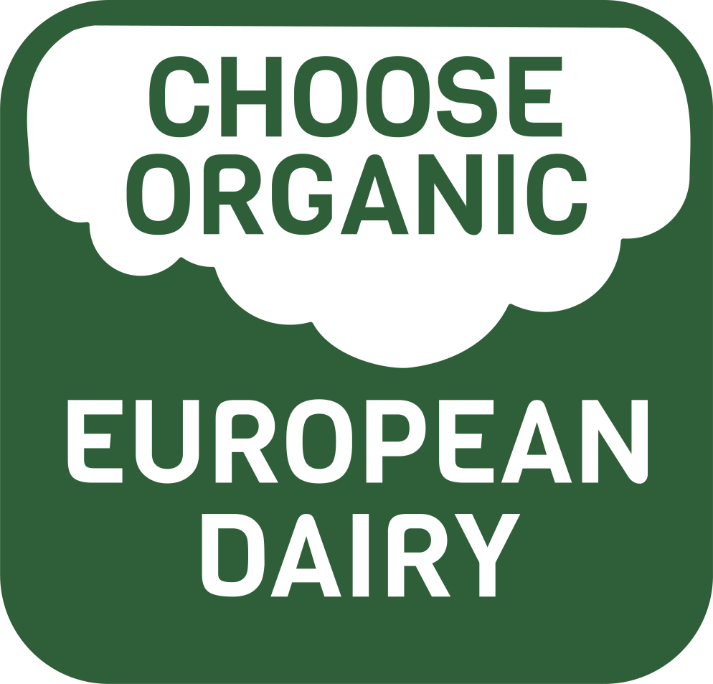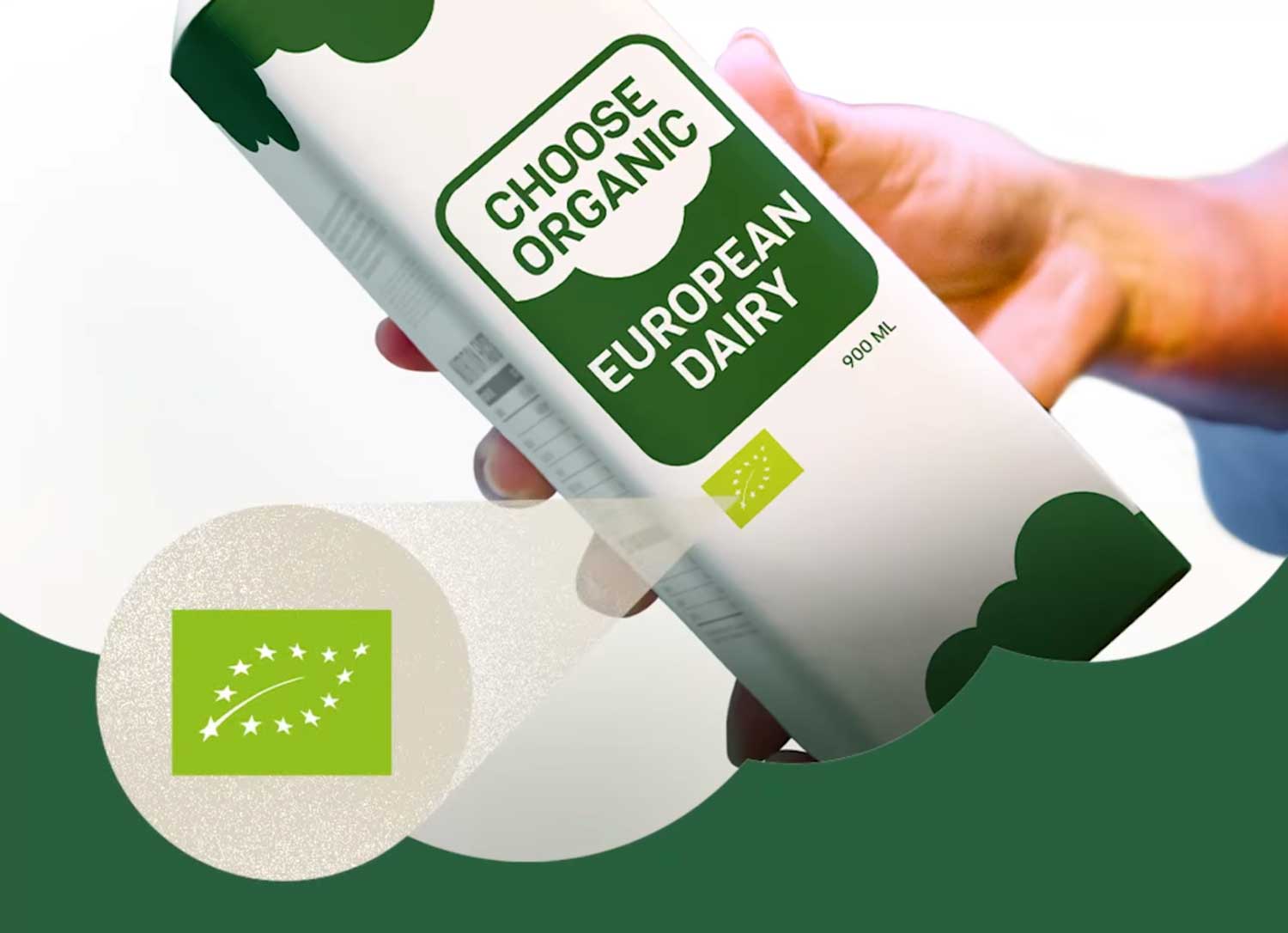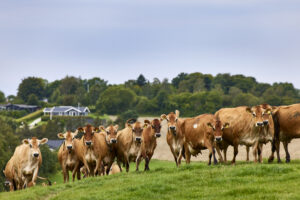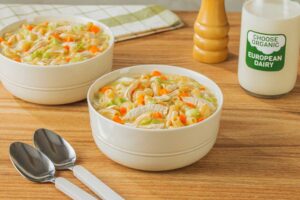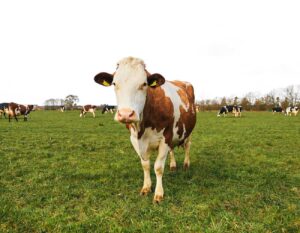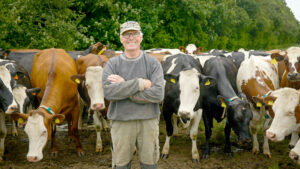Shopping for organic products can feel overwhelming. Supermarket shelves are packed with products making bold claims and displaying various labels, all promising to be the healthiest and most natural choice. So, how can you be sure you’re picking genuinely organic, safe, and trustworthy products?
One of the answers lies in one simple label: the EU Organic logo – a green symbol with a white leaf formed by 12 stars. But this logo is more than just a visual marker. Let’s explore how dairy products earn this certification and why it matters to consumers.
What is the EU Organic logo?
The EU Organic logo indicates that a product complies with the European Union’s strict regulations on organic farming, covering production, processing, transportation, and storage. It can only be used on products with at least 95% organic ingredients, and only products displaying the EU Organic logo can reference organic farming in their descriptions.
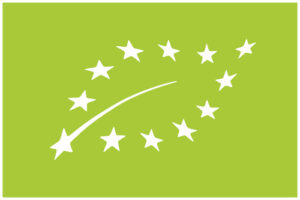
This makes it easier for shoppers to spot authentic organic European dairy products such as organic fresh milk, organic UHT milk, and organic cream cheese.
According to Ejvind Pedersen, Organic Manager at the Danish Agriculture and Food Council, products referencing organic farming must include an “identification number from the inspection authority and where the ingredient was sourced”.
This promotes transparency and helps consumers make informed choices when shopping for organic dairy. “The EU Organic logo is a label you can trust. It is your guarantee that all stakeholders from farm to fork comply with organic regulations,” Pedersen said.
Compliance in organic dairy farms
While the EU Organic logo is an external symbol certifying an authentic organic product, the commitment to organic standards begins at the source–the farm.
To earn the EU Organic logo, farms must adhere to organic production regulations and farming practices, which prohibit the use of synthetic fertilizers, pesticides, and genetically modified organisms (GMOs). Only natural ingredients are used–meaning no flavorings, colorants, sweeteners, or irradiation. According to Pedersen, by avoiding these chemicals, farmers help “preserve the environment, including soil fertility, water resources, and biodiversity”.

Learn more: What it truly means for something to be organic
To maintain certification, farms employing these methods undergo inspections at least once a year to verify their compliance with these standards.
Animal welfare is also a key principle in organic European dairy production. Farmers provide animals with plenty of space and fresh air and raise them in conditions that suit their natural behavior. “The cows graze on lush green pastures for the whole year,” Pedersen said.
Farmers feed the cows with 100% organic feed, free from herbicides, antibiotics, and hormones. Organic dairy cows are milked twice a day, producing approximately 30 liters of milk per day. “The milk is picked up from the farm and driven to the dairy center where it will be quality-checked and processed,” Pedersen said.
Make the naturally good choice
More than just upholding the European Union’s commitment to highest standards of organic production, the EU Organic logo guarantees trust and sustainability. It assures consumers that dairy is produced responsibly while respecting the environment.
So, the next time you go grocery shopping, look for the EU Organic logo on dairy products and make a responsible choice that’s naturally good for you and your family. By choosing organic European dairy, you’re not just selecting premium dairy products, you’re also contributing to a more sustainable food system.
